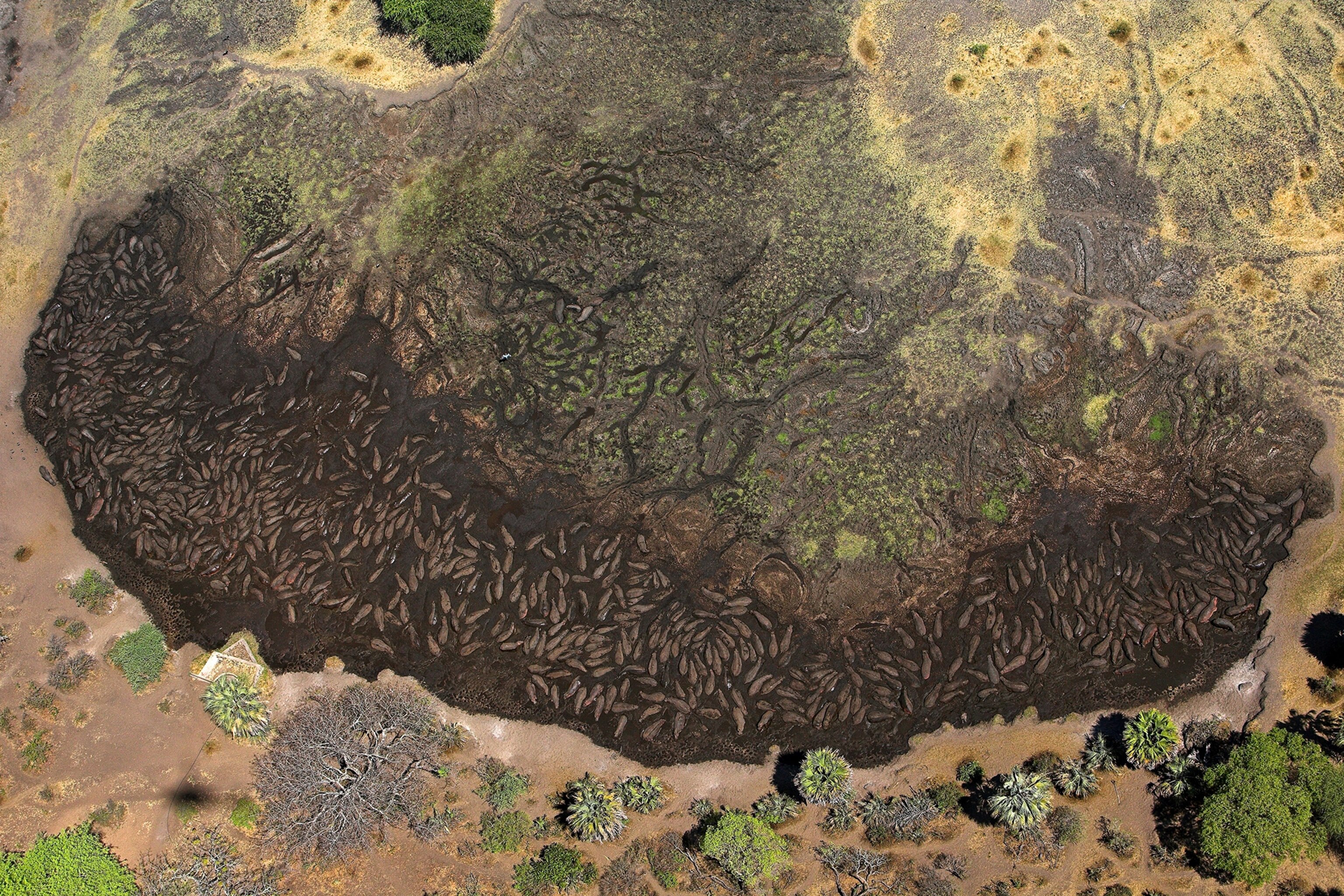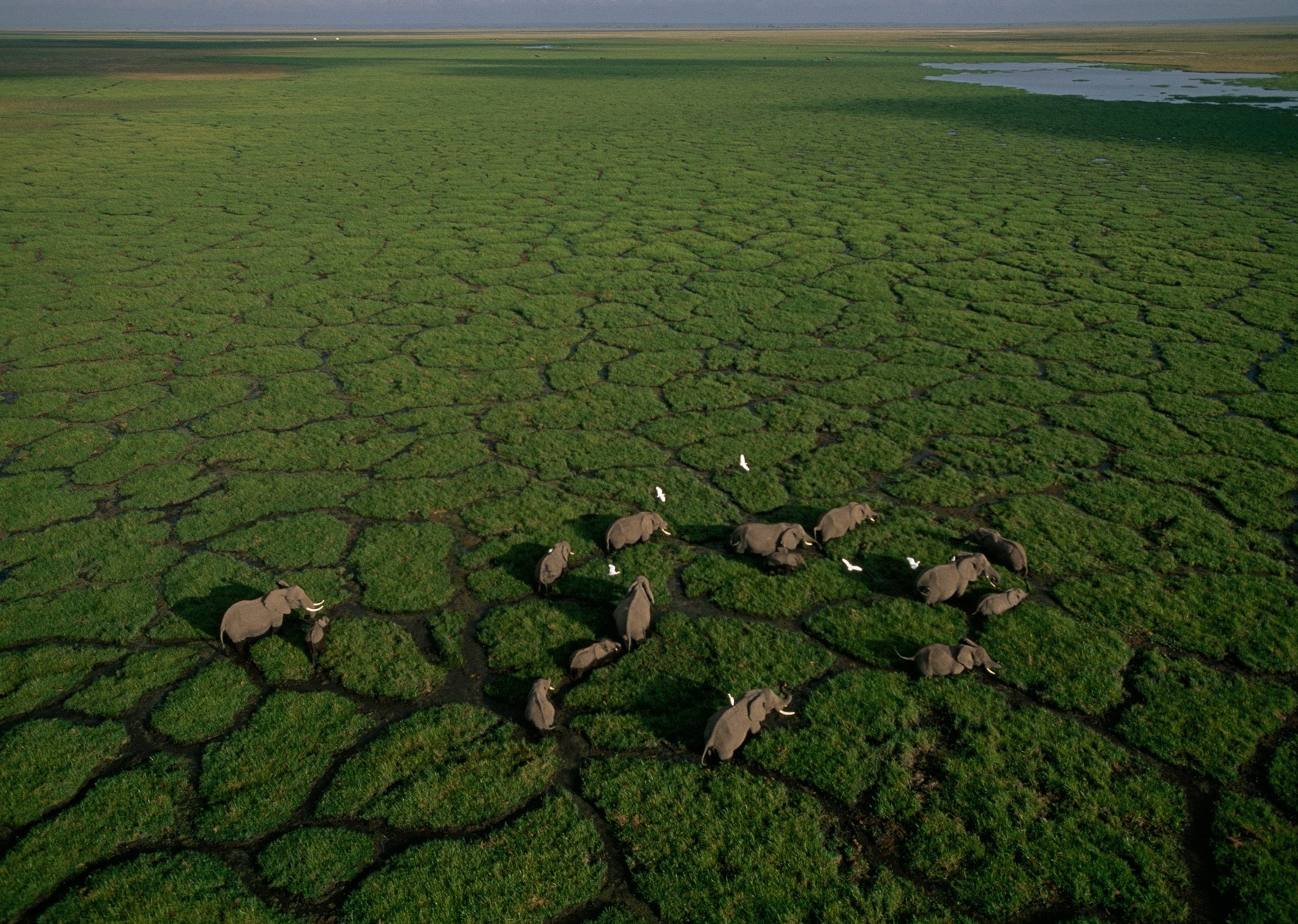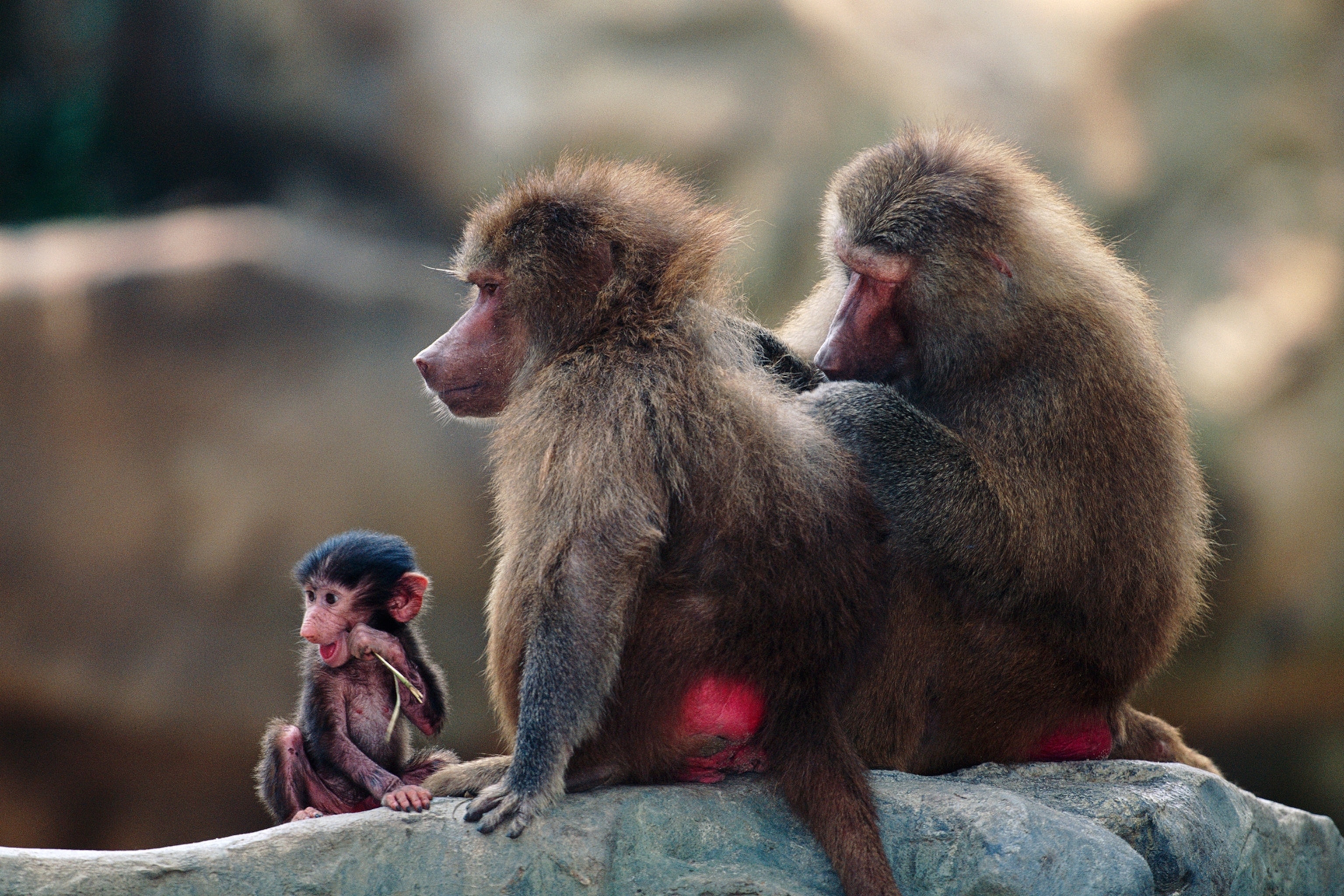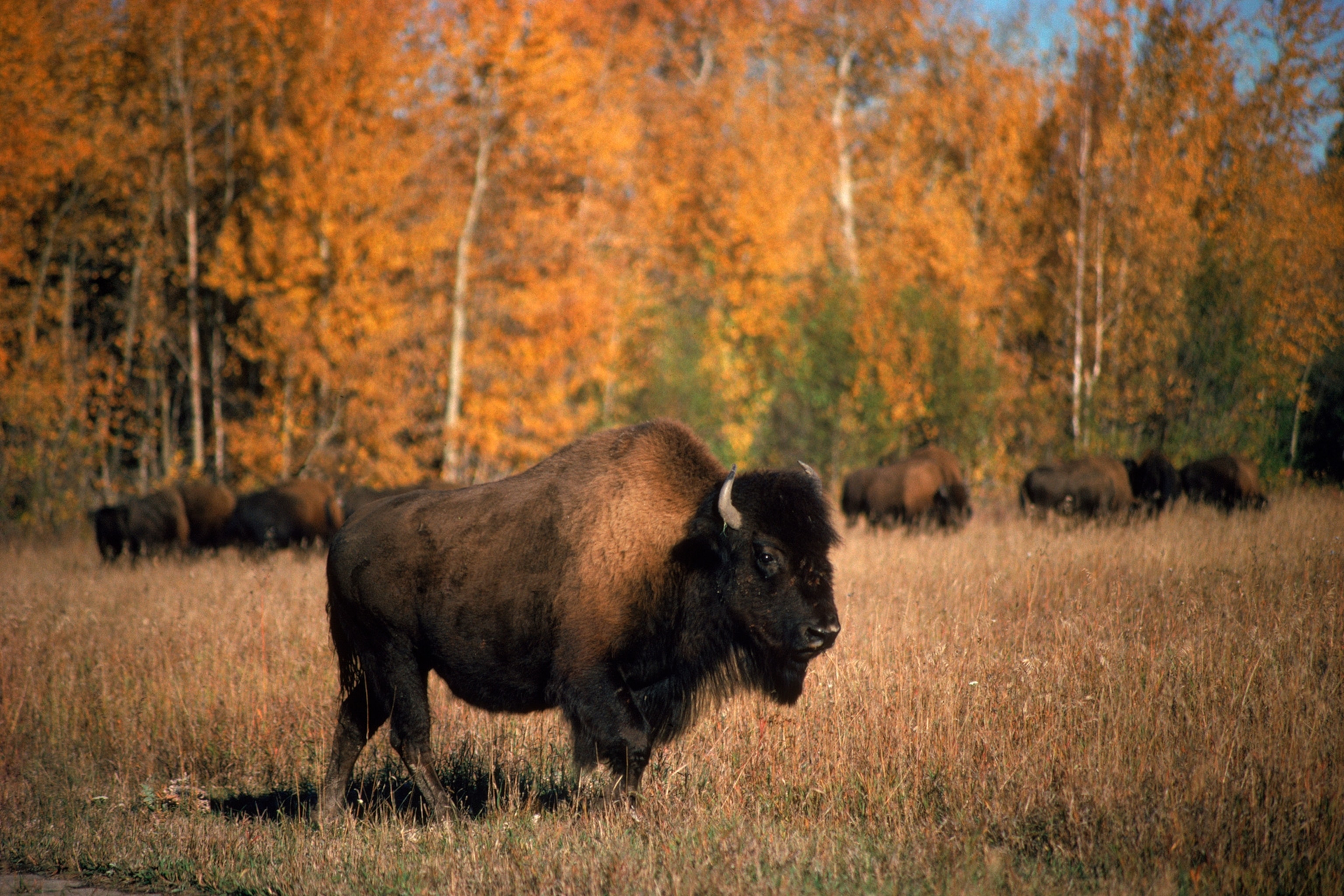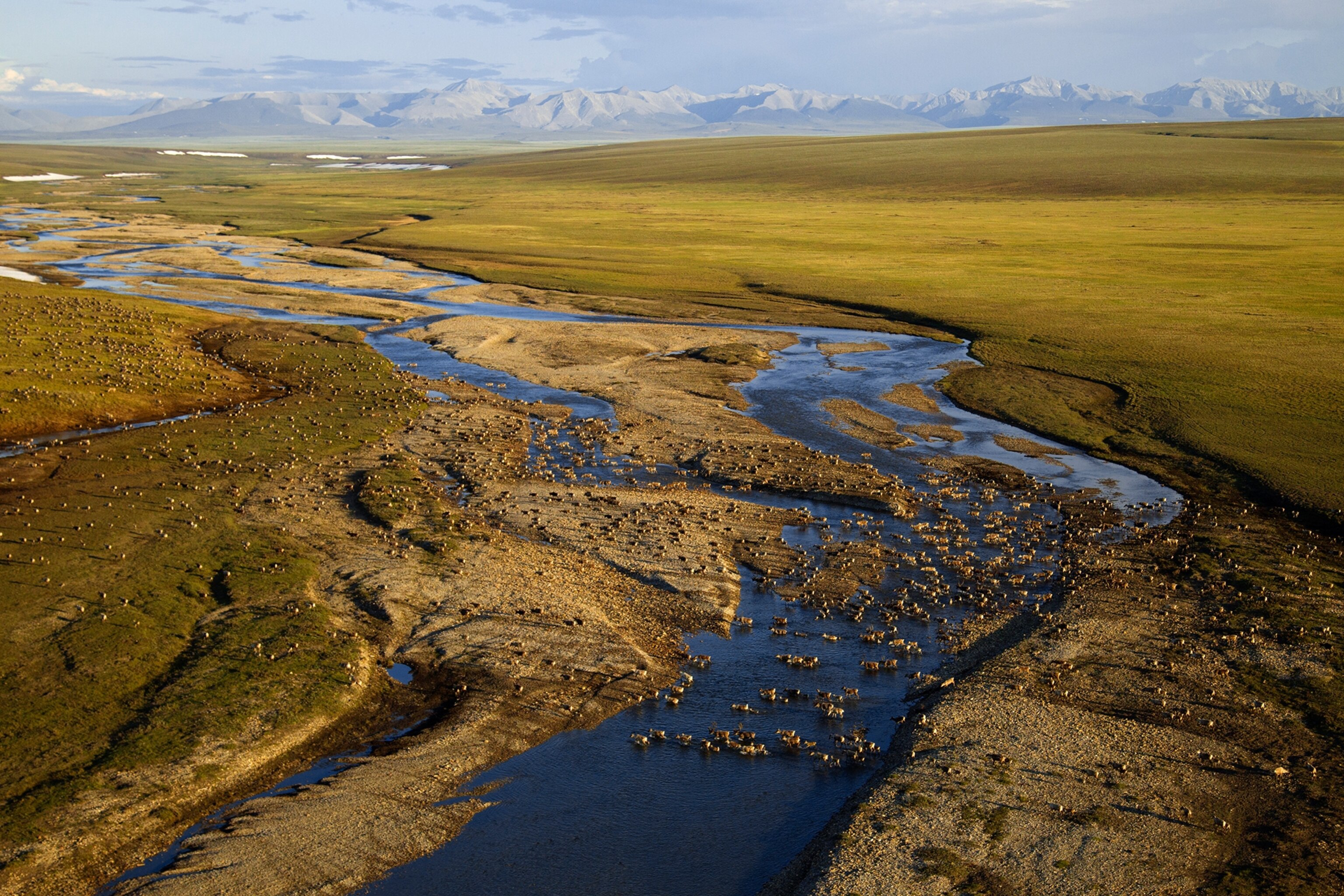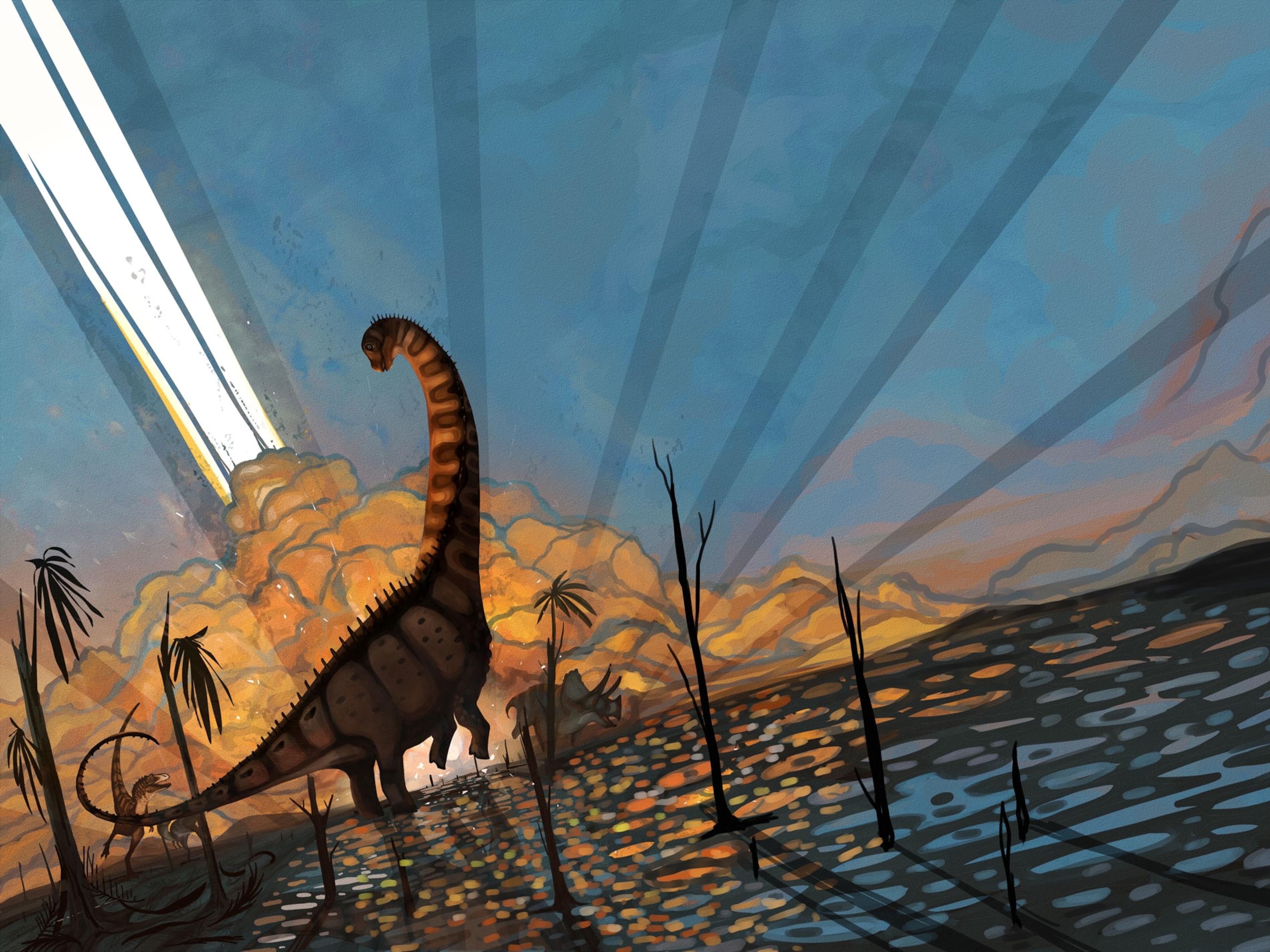Earth’s grasslands are vanishing. See the wildlife that calls them home.
Agricultural development has endangered grasslands around the world, making life tough for animals on the plains.
Grasslands seem like simple enough habitats. Grassland animals have vast, flat expanses of land on which to roam, feed, sleep and thrive. They don’t need to navigate the extreme altitudes and freezing temperatures of craggy mountains, or deal with ocean perils like plastic debris and warming waters.
But it’s the very traits that make grasslands appealing that put them at risk. Flat and often highly fertile, they’re prone to being seized for agriculture, ranching, and development. They’re also exposed, making them easier landscapes for poachers to find animals. All this human encroachment into grasslands imperils these rich habitats that animals, from cheetahs to caribou to prairie chickens, call home.
Temperate grasslands—those that get cooler in winter—are especially hard-hit. Found on every continent but Antartica, temperate grasslands account for eight percent of the planet’s land. They’re recognized as one of the most endangered ecosystems on Earth, according to the Grasslands Specialist Group of the International Union for the Conservation of Nature (IUCN), the global authority on the conservation status of wild animals and wild places.
Known as prairies or plains in North America, veldts in South Africa, and pampas in South America, temperate grassland have soil that's rich with vitamins. It’s so attractive as farmland that 40 percent of grasslands have already been developed for agriculture. Another almost 14 percent has been used for building urban or industrial infrastructure. Only half of Earth’s temperate grasslands remain intact, in their natural state, according to IUCN data.
And the lands are largely unprotected. According to the IUCN, less than five percent of temperate grasslands are designated nature reserves or national parks, which is not nearly enough to guarantee the survival of the species that thrive on them. (Read about how one-third of protected areas face threats from humans.)
For example, black-footed ferrets, and the prairie dogs that make up the majority of their diet, have been hit hard by land development. In the 18th and 19th centuries, when vast swaths of the North American prairies were turned into farmland, prairie dog populations plummeted. They were killed en masse because their burrows made it difficult to cultivate crops. As a result, black-footed ferrets nearly went extinct. While black-footed ferrets were successfully reintroduced to the wild in several stages between 1994 and 2009, their populations still struggle to grow. Prairie dogs, widely seen as agricultural pests, continue to be subject to controversial eradication campaigns.
For the past few weeks, National Geographic has been exploring different animal habitats through the lens of hostility. What makes an ecosystem hostile for the species who live there? Over and over again, from mountains to the ocean to grasslands, the most common denominator is us.
Here are photos of seven species that make their homes in the grasslands, showing resilience in the face of change.

